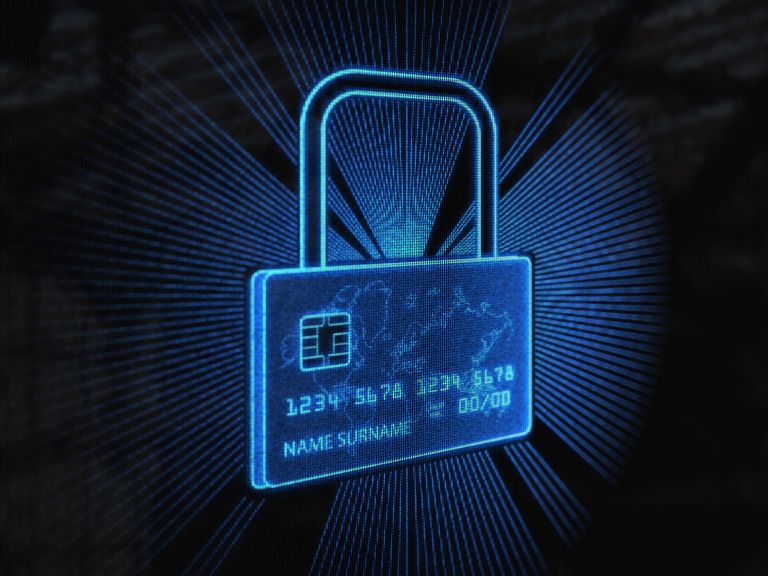
- Home
- Cybercrime
- Digital fraud on the rise worldwide
Digital fraud on the rise worldwide


A LexisNexis report shows that bot attacks have increased by 38% (155% in e-commerce) and human attacks by 32%
LexisNexis Risk Solutions recently published its Global State of Fraud and Identity report. It analyses recent trends in digital fraud based on more than 39 billion transactions in the firm’s Digital Identity Network® over the last 12 months.
The study shows a 37% increase in the use of digital transactions over the period. In 76% of cases, these transactions were carried out using mobile terminals. The rate of fraud has also increased significantly.
Fraudulent bot attacks have increased by 38% worldwide over the last 12 months. The e-commerce sector is the most affected, with a 155% increase in the fraud rate. The Europe, Middle East and Africa (EMEA) region experienced the highest increase, at 98%.
Human-induced digital fraud jumped by 32%. Regionally, North America experienced the highest increase in this type of fraud, at 52%.
LexisNexis also points out that new, popular payment methods are driving the emergence of new fraud techniques, such as QR Code payments in Asia-Pacific and micro-credit services in EMEA.
Fraud is also affecting the entire omnichannel customer journey. LexisNexis highlights an increase in social engineering scams, identity theft, password resets and account takeovers. Identity verification is the main challenge for companies in the sector trying to curb fraud.
“The latest wave of scams shows how the fraud landscape will continue to change. Organisations need to use flexible fraud prevention models combined with an adaptive authentication approach,” says Stephen Topliss, Vice President of Fraud and Identity at LexisNexis Risk Solutions.
the newsletter
the newsletter
![Image Europol Head of Operations discusses [dismantling of LockBit]](https://incyber.org//wp-content/uploads/2023/12/incyber-news-water-cybersecurite-cybersecurity-885x690.jpg)
